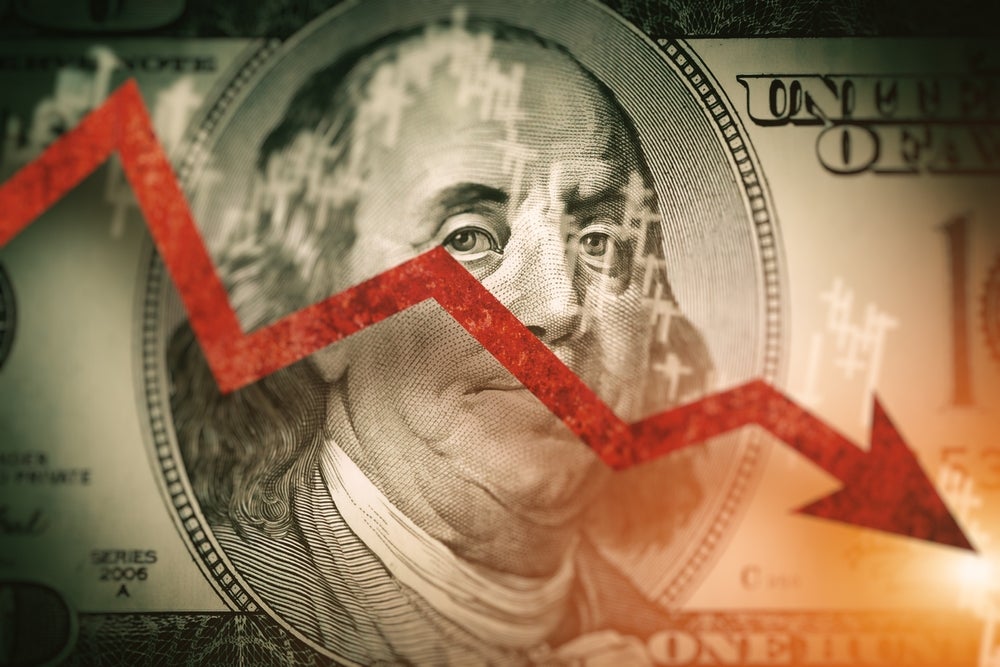
Just hours before Donald Trump takes the oath of office for his second term, markets are dialing back expectations for an immediate tariff announcement.
Market odds on Trump enacting new tariffs before Thursday have plunged to just 16% by 9:20 a.m. ET, according to CFTC-regulated prediction platform Kalshi, marking their lowest level since the market opened in December.
According to the Wall Street Journal, Trump plans to issue a memorandum instructing federal agencies to review trade policies and assess U.S. trade relationships with China and neighboring countries. Yet, the directive is expected to fall short of imposing new tariffs on his first day in office.
The news outlet confirmed that it reviewed a summary of the memo and spoke with Trump’s advisers about its contents.
While tariffs remain a cornerstone of Trump’s economic agenda, investors are recalibrating expectations for their timing. This signals that the announcement may come later than initially anticipated.
In currency markets, the U.S. dollar weakened across the board during Monday morning trading. The greenback fell over 1.2% against the euro, and by nearly 1% against the British pound.
“There will be the risk of a correction in the dollar should it look like Trump will be more selective on tariffs after all – but that should probably come at a later stage,” said Francesco Pesole, ING forex analyst.
Delayed Tariff Timing? Market Signals Caution
Trump pledged to enact a 25% tariff on imports from Mexico and Canada, two of the United States’ largest trading partners as soon as he takes office on January 20, 2025.
Yet, Goldman Sachs analyst Kamakshya Trivedi highlighted that investors may be taking Trump’s “Day 1 pledges too literally,” pointing out that many early executive orders tend to be symbolic or focus on rolling back previous policies rather than introducing major new initiatives.
The delay in tariff expectations is also being influenced by concerns over financial market stability.
Alfonso Peccatiello, chief investment officer of macro hedge fund Palinuro, warned that aggressive tariffs could spark an inflationary shock, pushing bond yields higher as investors demand greater risk premiums.
If tariffs are perceived as inflationary, the Federal Reserve could face renewed pressure to keep monetary policy restrictive, potentially derailing market hopes for interest rate cuts.
Peccatiello outlined a possible tariff framework under Trump’s second term:
- A 10% global tariff across all imports
- A gradual escalation of tariffs on China starting at 2.5% per month with no predetermined end date
- A 25% tariff on Canadian and European imports, with the potential for further increases.
Such a scenario would catch markets off guard, Peccatiello said. He predicts that over the next few weeks, the euro could fall below parity against the dollar. The U.S. dollar-to-Canadian dollar exchange rate could also surge toward 1.50, while bond markets could experience an initial rally before stabilizing. Lastly, equity markets could see a sharp but temporary pullback.
Stock Market Implications: Short-Term Volatility, Long-Term Opportunity?
Veteran strategist Ed Yardeni believes that while initial equity market reactions could be volatile, any pullbacks may be short-lived buying opportunities.
Trump has positioned tariffs as a major revenue generator. He referred to his proposed “External Revenue Service” as a key tool for boosting government income. Estimates suggest that an across-the-board 10% to 20% tariff could generate between $400 billion and $850 billion annually.
Yet, these projections assume that tariffs do not trigger retaliatory trade actions or weaken consumer spending. Both outcomes could offset any fiscal gains.
Read now:
Image: Shutterstock
Market News and Data brought to you by Benzinga APIs
© 2025 Benzinga.com. Benzinga does not provide investment advice. All rights reserved.


